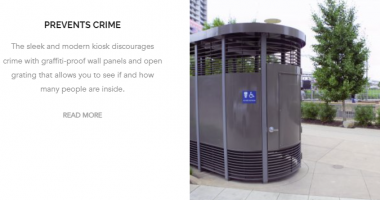Yikes
SAWHORSE
I think you still calculate the # of fixtures by sex as per the IPC to determine the total quantity of fixtures. That fulfills the "provided for each sex" part of 403.2.Of course, A117.1 is about accessibility, which means that IF {thing] is provided, 'X' percent of them shall be accessible as set forth in section ___ of A117.1.
As of the 2021 I-codes, the requirement for toilet fixtures still requires (subject to some exceptions -- of course) that separate toilet facilities be provided for each sex.
If the feds or the states are going to recognize multiple genders, but the codes use the term "sex," where does that leave us? My state is currently on an amended version of the 2021 I-codes. We didn't amend that section. When I receive plans showing gender neutral toilet rooms (typically Starbucks), I cite this section and require that the drawings be revised to show historically conventional Men's and Women's signage. If Starbucks or Target wants to change out the signs after they get their certificate of occupancy, that's on them.
Does anyone know if IPC 403.2 (and the corresponding section in the IBC) is going to be revised in the 2024 I-codes?
Then as each fixture is located in its own separate room or compartment, it is considered a "separate" facility from all the other fixtures.
The thing to work out is, how much of a partition is needed to make it be considered "separate"? Does it need to go all the way down to the floor, and up to the ceiling? Etc.
Concurrent with this is the other social issue of completely private (atmospherically separated) compartments facilities for other purposes: drug use, prostitution, overnight sleeping etc. I've seen this in Southern California and Central Valley communities in the last 10-15 years, so it is not a hypothetical.


